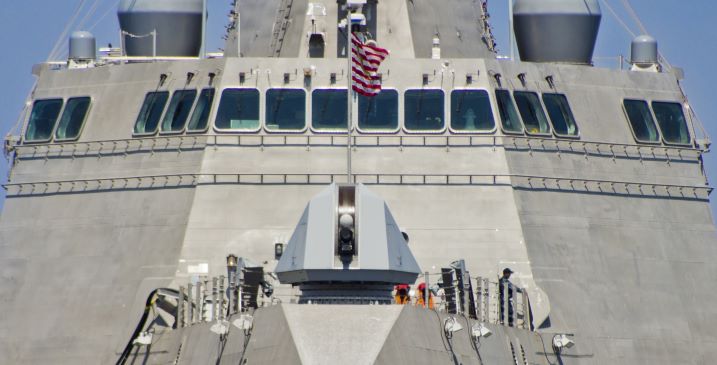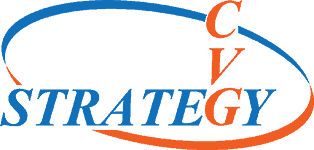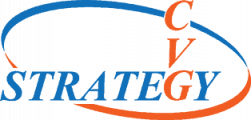MIL-STD-810 Tailoring – Creating a Test Program
Life Cycle Environmental Profile
MIL-STD-810 Tailoring is Essential for Valid Testing
The United States Department of Defense (DoD) has stressed the importance of MIL-STD-810 tailoring since its inception. This essential task has been outlined in Part 1 of the specification since revision F in 2000. Since this time Part 1 has been modified to provide more guidance on how tailoring is to be performed, but product developers and those in defense acquisition have been reticent to fully engage in the process.
The DoD has consistently had issues with the quality of testing provided by its vendors. Defense systems that fail to meet their required level of reliability are less capable of fulfilling their intended missions and endanger the lives of personnel operating and depending on them. Additionally these reliability issues can delay project implementation, involve costly redesign, and result in higher costs of operation.
As stated in Reliability Growth – Enhancing Defense System Reliability, issues exist with the quality of both operational and developmental test and evaluation currently being performed. By adequately engaging in the preparation, execution, and analysis of developmental test and evaluation, designers of defense materiel can achieve higher levels of reliability, avoid redesign issues, and learn important lessons for future product design specifications.
MIL-STD-810 Test Method Standard
MIL-STD-810 Environmental Engineering Considerations and Laboratory Tests is comprised of 29 test methodologies that are intended to verify and validate equipment’s ability to function as specified when exposed to the environmental stressors in its expected service life. These methods for laboratory testing include climatic tests (i.e. temperature, humidity, solar radiation, corrosive environments) and dynamic tests (i.e. vibration, shock, and gunfire shock).
Most test methods in the standard contain multiple procedures for consideration, and for each of these options numerous severities and durations are available. To determine the correct selection of these variables it is necessary to engage in the tailoring process. This process yields a test program that will properly verify and validate the reliability of the product and return useful data.
Life Cycle Environmental Profile
A Life Cycle Environmental Profile (LCEP) examines the environmental stresses likely to be encountered by the equipment to be tested in the course of its complete life cycle. This analysis includes storage, logistical transport, tactical transport, and operational modes of exposure. It also considers the platform the equipment is to be used in and the global climatic conditions present in its area of intended use.
Information for the LCEP can often be gathered by looking at Operational Environmental Documentation such as items currently in use on the platform on which the equipment is intended for use. As an example temperature, or vibration profiles gathered from a component mounted on a vehicle firewall could be representative of equipment to be installed close to those areas. Other information such as projected mission profiles can be garnered from the acquisition representative.
Environmental Issues/Criteria List
The Environmental Issues/Criteria List (EICL) is a compilation of environmental data acquired from product requirements, inputs from the Life Cycle Environmental Profile (LCEP), and data collected from the Operational Environmental Documentation. As such, the EICL should be considered a living document that will be updated as new information becomes available.
The environmental data contained in this document include rationale and assumptions taken in the data’s acceptance with regard to materiel performance, durability, and any factors for conservatism.

Test and Evaluation Master Plan
Once the LCEP and EICL have been completed risk assessments can be performed to establish priorities for testing to be performed. This is documented in the Test and Evaluation Master Plan (TEMP). The TEMP contains not only environmental test but also other MIL STD testing requirements such as EMI/EMC or electrical tests.
Detailed Environmental Test Plans
To ensure that testing is performed as required and that essential data is captured, it is essential to create Detailed Environmental Test Plans (DETP)s. These test plans should include functional test procedures that provide test engineers with instructions for performing operational tests on the equipment while it is being subjected to environmental stresses.
MIL-STD-810 tailoring is ultimately performed in the DETP where specific test parameters are defined. Requirements for DETP creation are detailed in Part One of the standard. CVG Strategy provides EZ-Test Plan Templates for the following product segments: Ground Mobile, Ground Stationary, Shipboard Controlled, Shipboard Uncontrolled, and Aircraft Military.
The Value of a Properly Designed Test Program
Laboratory testing is a valuable tool in detecting design deficiencies early in a product development cycle. As such it can save time and money by identifying such issues prior to operational testing and deployment. The value of the MIL-STD-810 tailoring process is that it provides a mechanism for conducting a Whole Life Assessment (WLA) that can assess a product’s safety, reliability, and performance.
While test requirement flow downs must be considered in the evaluation process, they do not relinquish the product developer from the responsibility of developing a viable test program. Risk assessments must be conducted to determine testing priorities. In instances where laboratory testing is not viable other options should be considered such as modeling and simulation, acceptance by similarity and coupon testing.
CVG Strategy Test and Evaluation Expertise
We provide a variety of services to help you garner the most from your test and evaluation program. CVG Strategy offers webinars to increase your understanding of MIL STD 810. These courses stress the importance of the tailoring process and empower you to create appropriate test programs. We can create LCEPs and EICLs that reflect your product’s needs.
To assist your design and test programs we offer test program management and test program witnessing. This frees your team from travel requirements and ensures that testing is performed as specified. Additionally, our test and evaluation experts can also create custom test plans for your product requirements.CVG Strategy is partnered with labs in the Florida area to help you.
How Can We Help?
CVG Strategy provides expertise to businesses in Quality Management, Product Test and Evaluation, Cybersecurity, and Export Compliance. Learn how our expertise can help your organization solve issues and achieve its potential.
Latest News
Global Challenges for Cybersecurity Resilience
Global challenges for cybersecurity resilience were outlined in a recent report from the World Economic Forum. The report, Global Cybersecurity Outlook 2024, analyzes the state of


